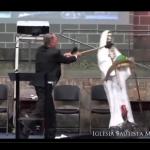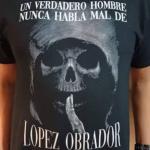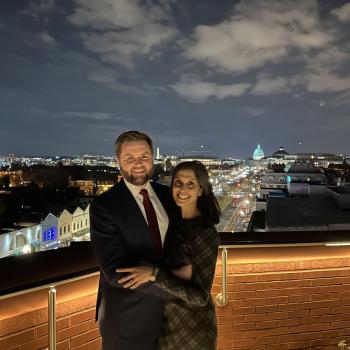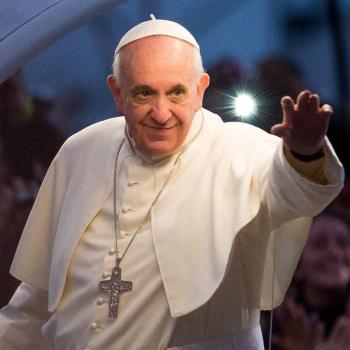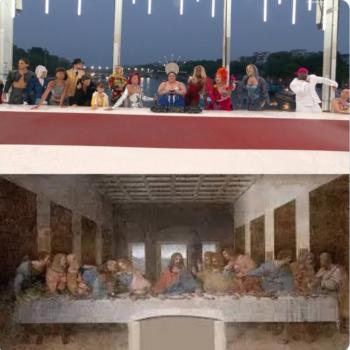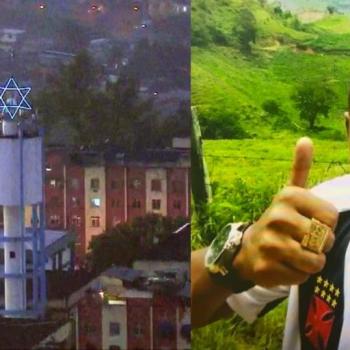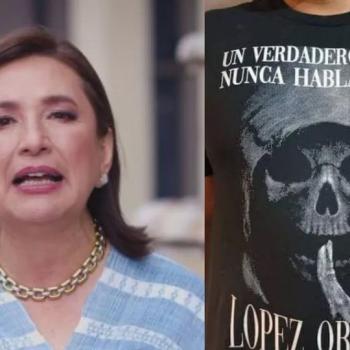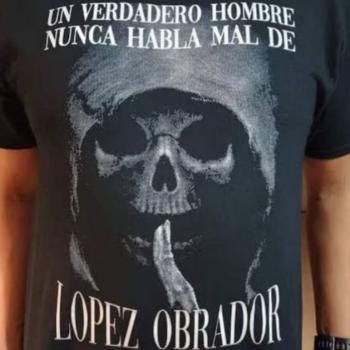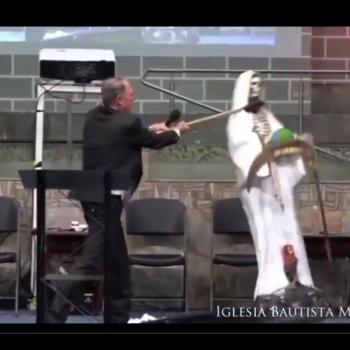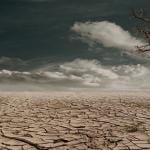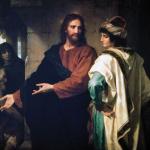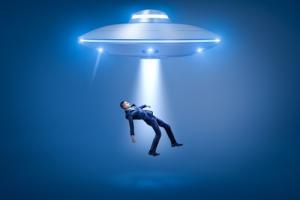
On April 8, 2024, I hosted Professor Diana Pasulka of University of North Carolina, Wilmington, for a riveting talk titled “Contemporary Ascent Narratives: From Catholic UFOs to New Religious Movements.” Dr. Pasulka spoke as part of my annual Catholic Studies lecture series at Virginia Commonwealth University where I hold a Chair in Catholic Studies and am Professor of Religious Studies. Listen to Professor Pasulka’s talk here and follow her on Instagram and me on X and Instagram.
In collaboration with the Vatican Apostolic Archive (formerly, the Vatican Secret Archive), Dr. Pasulka leads the translation project of the canonization records of the revered saint, Joseph of Copertino, an Italian saint from the 17th Century. St. Copertino is known as the saint who levitated. Dr. Pasulka also consults for movies, television productions, and documentaries. She is the consulting producer for the forthcoming docuseries Encounters and is featured in the JJ Abrams docuseries UFO.
She’s spoken at the Guggenheim in New York City, universities, corporations, and conferences including SXSW, about technology, futurism, and the science behind self-help and “manifestation.” Her current work focuses on extraordinary human abilities and transformative creativity
After you’ve listened to her lecture you will want to check out her books:
Encounters: Experiences with Nonhuman Intelligence
A revolution is underway. For the first time in human history, we are at the cusp of experiencing contact with nonhuman life-forms of all kinds due to technological innovations and research into the experiences of people at the forefront of this development.
In Encounters, author D.W. Pasulka takes readers to the forefront of this revolution, sharing the work of experts across a spectrum of fields who are working to connect humanity with unknown life-forms.
Most of us have visions of nonhuman encounters that are shaped far more by Hollywood than they are informed by the current research. Encounters rewrites our visions of nonhuman species by featuring the work and stories of contemporary innovators who are rethinking our most basic assumptions about life and its manifestations beyond our experience.
American Cosmic: UFOs, Religion, Technology
More than half of American adults and more than seventy-five percent of young Americans believe in intelligent extraterrestrial life. This level of belief rivals that of belief in God. American Cosmic examines the mechanisms at work behind the thriving belief system in extraterrestrial life, a system that is changing and even supplanting traditional religions.
Over the course of a six-year ethnographic study, D.W. Pasulka interviewed successful and influential scientists, professionals, and Silicon Valley entrepreneurs who believe in extraterrestrial intelligence, thereby disproving the common misconception that only fringe members of society believe in UFOs. She argues that widespread belief in aliens is due to a number of factors including their ubiquity in modern media like The X-Files, which can influence memory, and the believability lent to that media by the search for planets that might support life. American Cosmic explores the intriguing question of how people interpret unexplainable experiences, and argues that the media is replacing religion as a cultural authority that offers believers answers about non-human intelligent life.
Heaven Can Wait: Purgatory in Catholic Devotional and Popular Culture
After purgatory was officially defined by the Catholic Church in the thirteenth century, its location became a topic of heated debate and philosophical speculation: Was purgatory located on the earth, or within it? Were its fires real or figurative?
Diana Walsh Pasulka offers a groundbreaking historical exploration of spatial and material concepts of purgatory, beginning with scholastic theologians William of Auvergne and Thomas Aquinas, who wrote about the location of purgatory and questioned whether its torments were physical or solely spiritual. In the same period, writers of devotional literature located purgatory within the earth, near hell, and even in Ireland. In the early modern era, a counter-movement of theologians downplayed purgatory’s spatial dimensions, preferring to depict it in abstract terms–a view strengthened during the French Enlightenment, when references to purgatory as a terrestrial location or a place of real fire were ridiculed by anti-Catholic polemicists and discouraged by the Church.
The debate surrounding purgatory’s materiality has never ended: even today members of post-millennial ”purgatory apostolates” maintain that purgatory is an actual, physical place. Heaven Can Wait provides crucial insight into the theological problem of purgatory’s materiality (or lack thereof) over the past seven hundred years.


